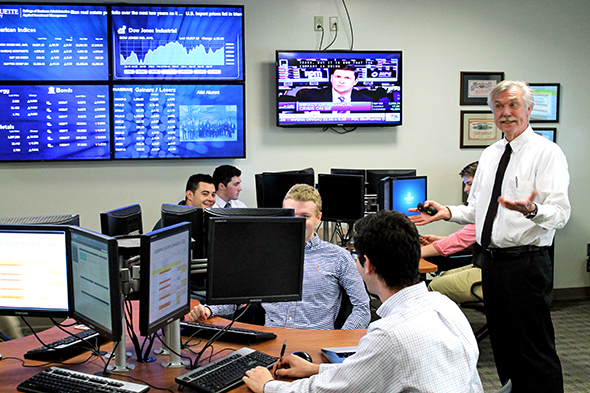Disclosure: The AIM Equity
Fund currently holds this position. This article was written by myself, and it
expresses my own opinions. I am not receiving compensation for it and I have no
business relationship with any company whose stock is mentioned in this
article.
Summary
•
L’Oreal SA ADR (OTC:LRLCY) is a
manufacturer and seller of beauty and hair products. They operate in four main
segments: Professional products (hair salons), Consumer products (retail),
L’Oreal Luxury (department stores) and Active Cosmetics (pharmacies & drugstores).
L’Oreal is headquartered in Paris France and was founded by Eugene Schueller in
1909.
•
Today, LRLCY is seeing a 4% year-over-year organic growth in sales from
increased volumes.
•
LRLCY maintains dominance in cosmetics by having a well-diversified portfolio
and market.
•
There has been an increase in concern about the lag in penetration from the Chinese
market as LRLCY is seeing large competition from local brands.
•
With a slowing growth seen in the beauty market, LRLCY is taking proactive
actions to increase their presence and market share in new/emerging markets.
Key points: After acquiring several skincare brands
last year L’Oreal is continuing to see very positive impacts. That being said,
the positives are offset by a negative impact from FX. As expected these
acquisitions have increased the revenues and market share in the skincare division
but at the same time L’Oreal saw a slowing of market share in two other
divisions.
In
today’s very trigger-happy world, L’Oreal has done a good job at maintaining a
respectable environmental, social and governance (ESG) rating. The beauty
industry is often highly scrutinized their usage of chemicals. L’Oreal has
started increasing its transparency by having a fragrance ingredient
disclosure. In addition, the company committed to using 100% renewable raw
materials from sustainable sources by 2020. L’Oreal is well equipped for the
trend toward more natural and organic products (54% of ingredients), appealing
to the newer generations of consumers.
While
L’Oreal is a leader in the cosmetic market and all the previous points are very
positive and encouraging it is important to know that the beauty market is
seeing a slowing. Currently it is growing at about 3.5% while in the past it
was above 5%. In addition, the Consumer Products division failed to outpace the
market for the last couple years. The market has also seen an increase in niche
brands threatening L’Oreal’s market share.
What has the stock done
lately?
In the last year L’Oreal has successfully integrated their acquisitions and led the industry in sales grown from an increase in volume not price. They have positioned themselves as being the high quality and affordable company.
In the last year L’Oreal has successfully integrated their acquisitions and led the industry in sales grown from an increase in volume not price. They have positioned themselves as being the high quality and affordable company.
The
selfie obsessed generation are spending more on beauty products than the
average consumer. Millennials have made makeup (26% of L’Oreal’s sales) the
fastest growing cosmetic globally. L’Oreal has increased their online presence
by developing partnerships with key bloggers and vloggers. When compared to
their peers L’Oreal’s brands ranks very highly for their online presence.
Past Year Performance: Over the past year L’Oreal has achieved a
price high of $45.71, a low of $36.14 and is currently at $45.51. Their growth
in new markets was 8.1%, 2.5% in Western Europe and 2.3% in North America.
Management continued to improve their margins while increasing research and
development. While last year L’Oreal’s debt to equity ratio was concerning the
repurchasing throughout 2017 has continued to strengthen their shareholder
return.

My Takeaway: Management has been proactive on the trends
of the market and they have successfully integrated their acquisitions. L’Oreal
currently dominates the industry with a 12.6% market share in cosmetics. This
dominance is due to the combination of an increased presence in the e-commerce
market and the utilization of more natural and organic ingredients. L’Oreals
transition from traditional marketing and sales channels has given them a great
advantage over their competition. While the slowing of growth trend in the
market is concerning, L’Oreal has shown they are willing to adapt and continue
to grow. L’Oreal in the last four years has grown about 57% and is at the
forefront of product development. They have very respectable financials and
will continue to dominate the cosmetic industry for years to come. This is a HOLD recommendation.




















